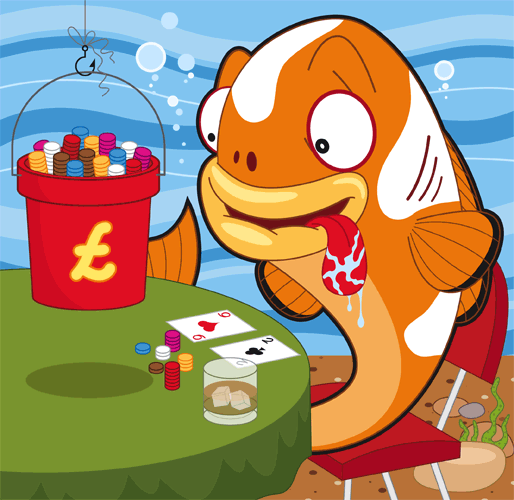It can often be tempting to adopt a “make-em-pay-to-play” strategy, especially if you are holding strong hole cards. However, this tactic of trying to force your opponents to fold pre-flop can be disastrous.
One way to avoid getting called on a high pre-flop bet or raise is to put the onus on your opponents. Enter slow play. For some, slow play is, when executed correctly, a clever strategy for making a profit on the poker table. For others, it is a frustrating tactic used by those who refuse to contribute to the pot. Whatever the case may be, you will need to know what it is and how to employ it.
So, what is slow playing? Quite simply, it is downplaying the strength of your hand. Whereas most people would bet strong (or raise) with pocket aces and a A,7,7 flop – the player adhering to a slow play strategy would simply pass or make the minimum call. Follow the five simple steps below and you will be able to add the art of slow play to your repertoire in no time.
1) Don’t slow play all the time
This should seem obvious, but many newcomers to the game of poker like to use the slow play tactic constantly. The more you develop a habit on the table, the easier you will become for other players to read – and the faster you will lose your money.
2) Don’t get trapped
Quite often, new players will use a slow play tactic until seeing the turn – then seeing the card they want, re-raise to a high amount (oftentimes going all-in). All it takes is for the opponent to call and get the river card they were looking for to destroy your bankroll. Always keep in mind all the possible scenarios that could beat your hand and don’t slow play yourself into a hole.
3) Let the pot increase
If you have a good hand – and especially if going against no more than three people – don’t be afraid to let the pot grow as much as possible. Poker is a game of risk and reward – no risk, no reward. The key is knowing when to take the risk and when not to do so.
4) Being erratic is not slow playing
If you re-raise on the turn just to call the river or raise pre-flop, call the flop, etc., you are being erratic. Slow playing is all about getting opponents to freely contribute their money to your bankroll. This means letting them think they are in control. Let your opponents dictate the amount to be bet until the last round of betting – then you become the aggressor.
5) Know when NOT to slow play
This coincides with the first tip, but rather than simply be advice to not slow play all the time – this tip is to know when slow playing will be detrimental to you. You have to face the fact that you may not always have the strongest hand – and on a table with several players, you may seldom if ever have it. Slow playing seldom works with a weak hand (unless someone with a strong hand is a beginner, they are unlikely to get suckered into a slow play bluff). Unless you have the strongest hand going against someone with a strong hand as well (as in you hold A,A on a A,A,K,K,K showing), slow playing is probably not the best route to take.
So, there you have it. Five easy tips on how to use slow play to your advantage. Whether you love it or hate it, slow playing is part of the game and the sooner it is mastered the sooner it can help you win more money at the tables.







